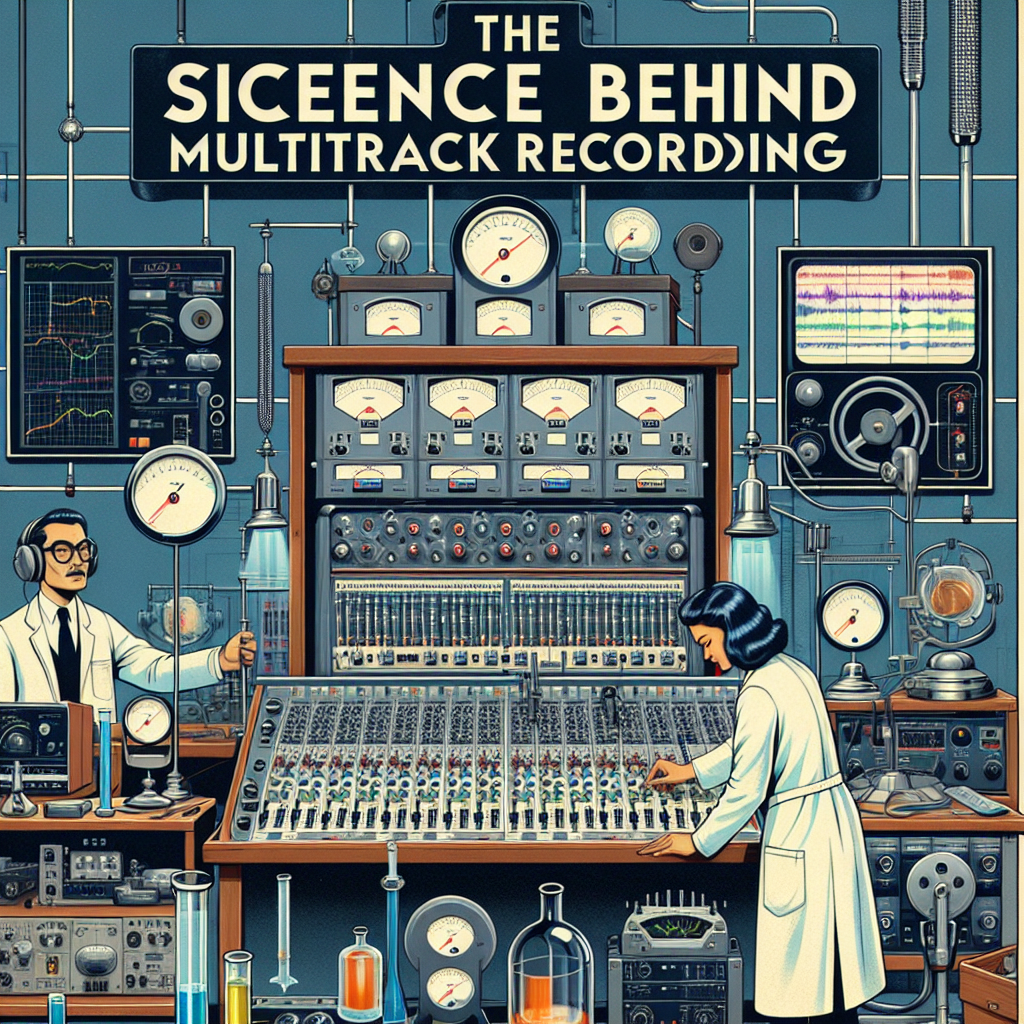Multitrack recording has revolutionized the music industry, enabling artists to layer their sounds for more depth and producing mind-blowingly diverse pieces of music. In its fundamental essence, multitrack recording is the process of simultaneously recording multiple separate sources or sound inputs to create a cohesive audio piece. In this article, we delve into the fascinating world of multitrack recording and explore the science driving this technological breakthrough.
The Genesis of Multitrack Recording
The invention of magnetic tape in the late 1940s paved the way for the development of multitrack recording. It began with two-track recording, allowing producers to record two different audio sources independently. Multi-track recording rapidly evolved, and by the 1970s, 24-track machines transformed the music industry, giving artists an unprecedented level of control over the production process.
The Science behind Multitrack Recording
Multitrack recording is achieved by dividing the recording medium into multiple tracks or channels that can record and playback audio independently. Magnetic tape, the original medium for multitrack recording, was divided physically into parallel tracks along its length. Digital recorders, which replaced tape in the 1990s, store audio data as discrete binary numbers, uniquely identified to allow separate recording and playback.
In multitrack recording, each track records audio from a single source, using a dedicated microphone input. This separation allows precise control over the volume, tone, and timing of each sound, enabling artists to fine-tune their music to a degree impossible with a single-track recording system.
Importance of Multitrack Recording
From creating immersive soundscapes to allowing creative flexibility, multitrack recording plays an essential role in modern dance music productions. Besides, multitrack recording allows for post-production changes. This means that even after the initial recording session, musicians can re-record, delete, or substitute sounds. They can adjust volumes or add effects to individual tracks without affecting other sounds in the mix. This level of control during the editing process allows for a much higher quality final product.
The Future of Multitrack Recording
As technology evolves, so too will multitrack recording. New technologies such as virtual reality and artificial intelligence are set to change the face of music production. For example, spatial audio technology, used in conjunction with virtual reality, allows sounds to be positioned in three-dimensional space, opening up new avenues for music production. Meanwhile, artificial intelligence sequence software can suggest melodies, chords, and rhythms, expediting the songwriting process.
Conclusion
In conclusion, multitrack recording is a groundbreaking technology that has reshaped music production, offering artists unprecedented control over their sound. As we look toward the future, we can only expect further advancements in this field, promising exciting prospects for music production.
Frequently Asked Questions
-
What is multitrack recording?
Multitrack recording is a method of sound recording that allows for the separate recording of multiple sound sources to create a cohesive whole. Each track can be controlled independently in terms of volume, tone and timing.
-
What are the benefits of multitrack recording?
Multitrack recording allows for superior manipulation and fine-tuning of each sound layer in a recording, resulting in a high-quality final product. It also provides the flexibility to make post-production changes to individual tracks.
-
When was multitrack recording invented?
Multitrack recording was invented in the late 1940s with the development of magnetic tape, which enabled recording of multiple sound sources on separate channels.
-
How has multitrack recording evolved?
Multitrack recording began with two-track machines and evolved to 24-track machines by the 1970s. The advent of digital technology in the 1990s transformed the method, enabling recording and storage of audio data as discrete binary numbers.
-
What is the future of multitrack recording?
As technology continues to advance, the future of multitrack recording will likely leverage innovations such as spatial audio technology, virtual reality, and artificial intelligence sequence software, to revolutionize music production.

